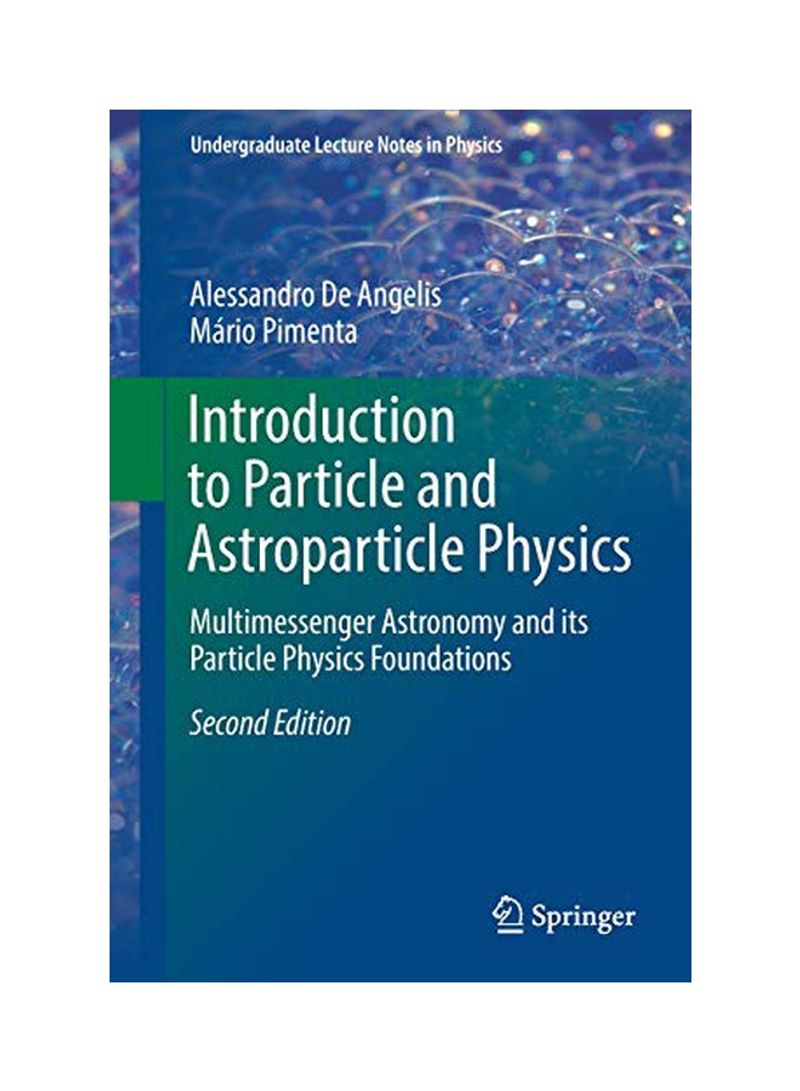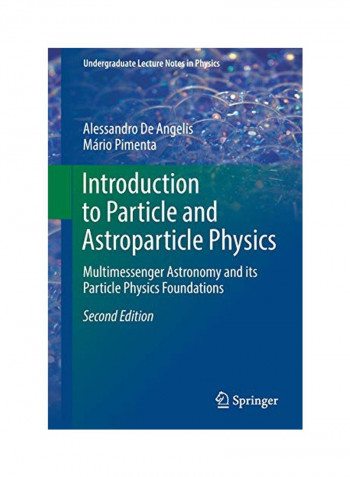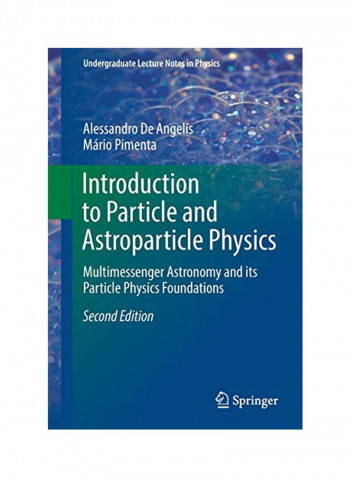Introduction To Particle And Astroparticle Physics Paperback 2nd Ed. 2018
Recommend
Sort by
Rating
Date
Specifications
Country of Origin
Switzerland
Author 1
Alessandro De Angelis
Book Description
This book introduces particle physics, astrophysics and cosmology. Starting from an experimental perspective, it provides a unified view of these fields that reflects the very rapid advances being made. This new edition has a number of improvements and has been updated to describe the recent discovery of gravitational waves and astrophysical neutrinos, which started the new era of multimessenger astrophysics; it also includes new results on the Higgs particle. Astroparticle and particle physics share a common problem: we still don't have a description of the main ingredients of the Universe from the point of view of its energy budget. Addressing these fascinating issues, and offering a balanced introduction to particle and astroparticle physics that requires only a basic understanding of quantum and classical physics, this book is a valuable resource, particularly for advanced undergraduate students and for those embarking on graduate courses. It includes exercises that offer readers practical insights. It can be used equally well as a self-study book, a reference and a textbook
ISBN-10
3319781804
ISBN-13
9783319781808
Language
English
Publisher
Springer International Publishing AG
Publication Date
13th Aug 2018
Number of Pages
733
About the Author
Alessandro de Angelis is a high energy physicist and astrophysicist. Professor at the Universities of Udine, Padua and Lisbon, he is currently the Principal Investigator of the proposed space mission e-ASTROGAM and for many years has been director of research at INFN Padua, and scientific coordinator and chairman of the board managing the MAGIC gamma-ray telescopes in the Canary Island of La Palma. His main research interest is on fundamental physics, especially astrophysics and elementary particle physics at accelerators. He graduated from Padua, was employed at CERN for seven years in the 1990s ending as a staff member, and later was among the founding members of NASA's Fermi gamma-ray telescope. His original scientific contributions have been mostly related to electromagnetic calorimeters, advanced trigger systems, QCD, artificial neural networks, and to the study of the cosmological propagation of photons.
Edition Number
2nd Ed. 2018



